I am trying to get all rows within a dataframe where a columns value is not within a list (so filtering by exclusion).
As an example:
df = sqlContext.createDataFrame([('1','a'),('2','b'),('3','b'),('4','c'),('5','d')]
,schema=('id','bar'))
I get the data frame:
+---+---+
| id|bar|
+---+---+
| 1| a|
| 2| b|
| 3| b|
| 4| c|
| 5| d|
+---+---+
I only want to exclude rows where bar is ('a' or 'b').
Using an SQL expression string it would be:
df.filter('bar not in ("a","b")').show()
Is there a way of doing it without using the string for the SQL expression, or excluding one item at a time?
Edit:
I am likely to have a list, ['a','b'], of the excluded values that I would like to use.


